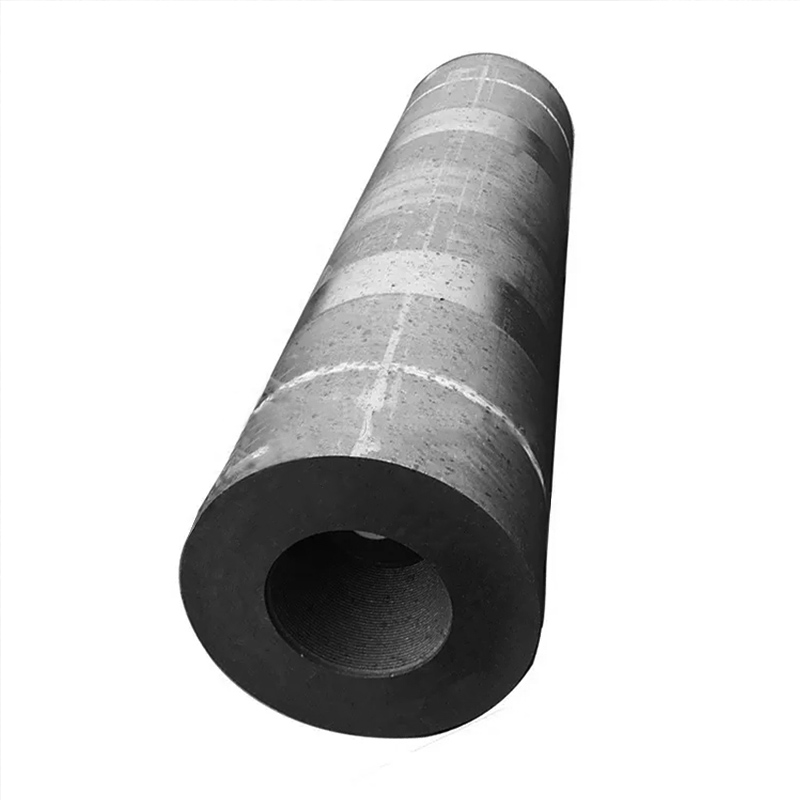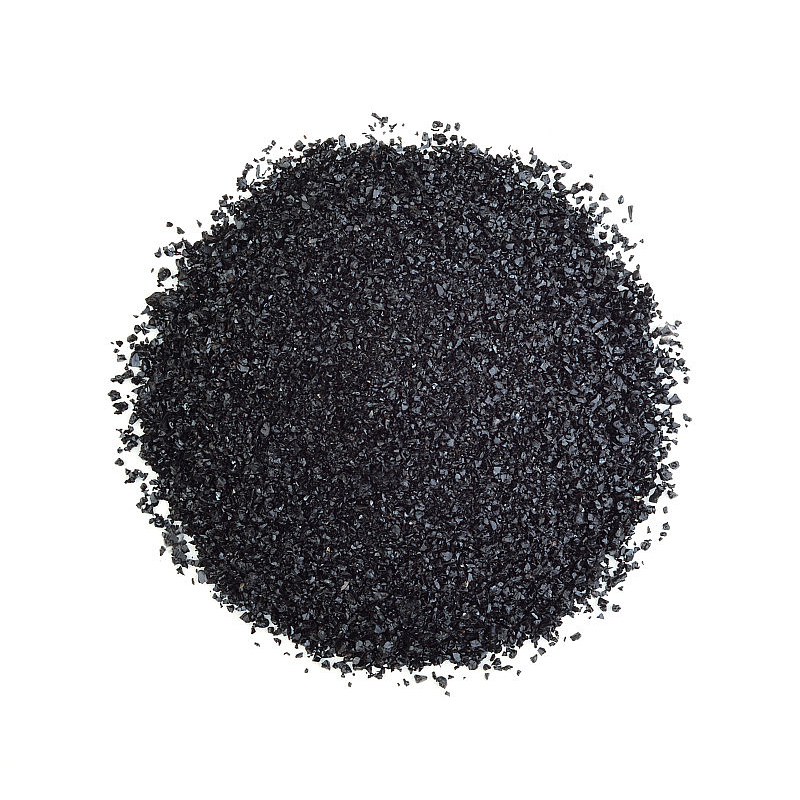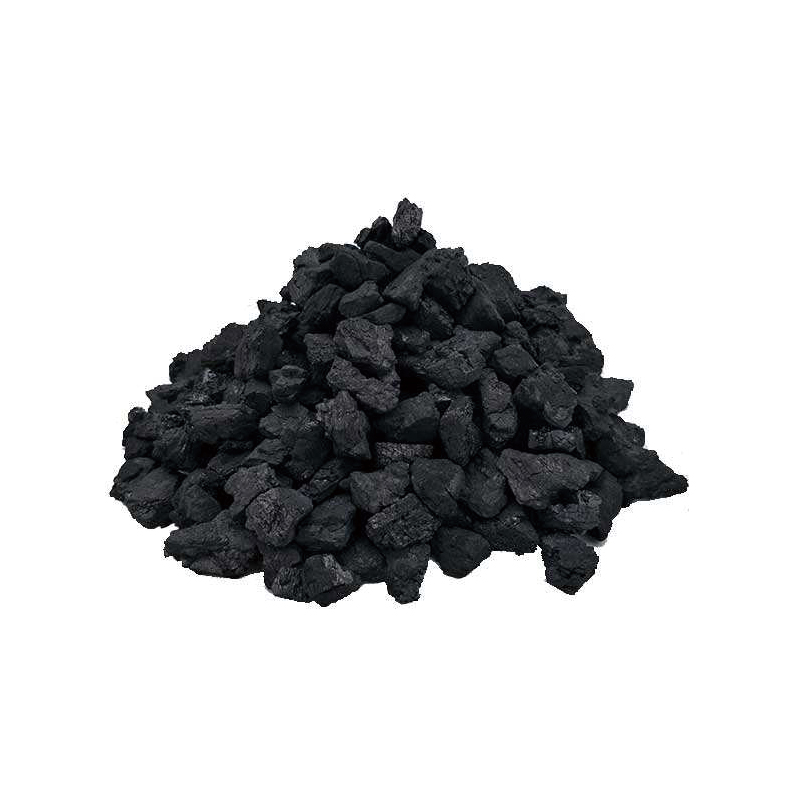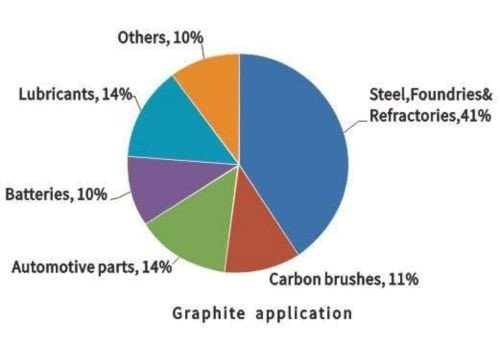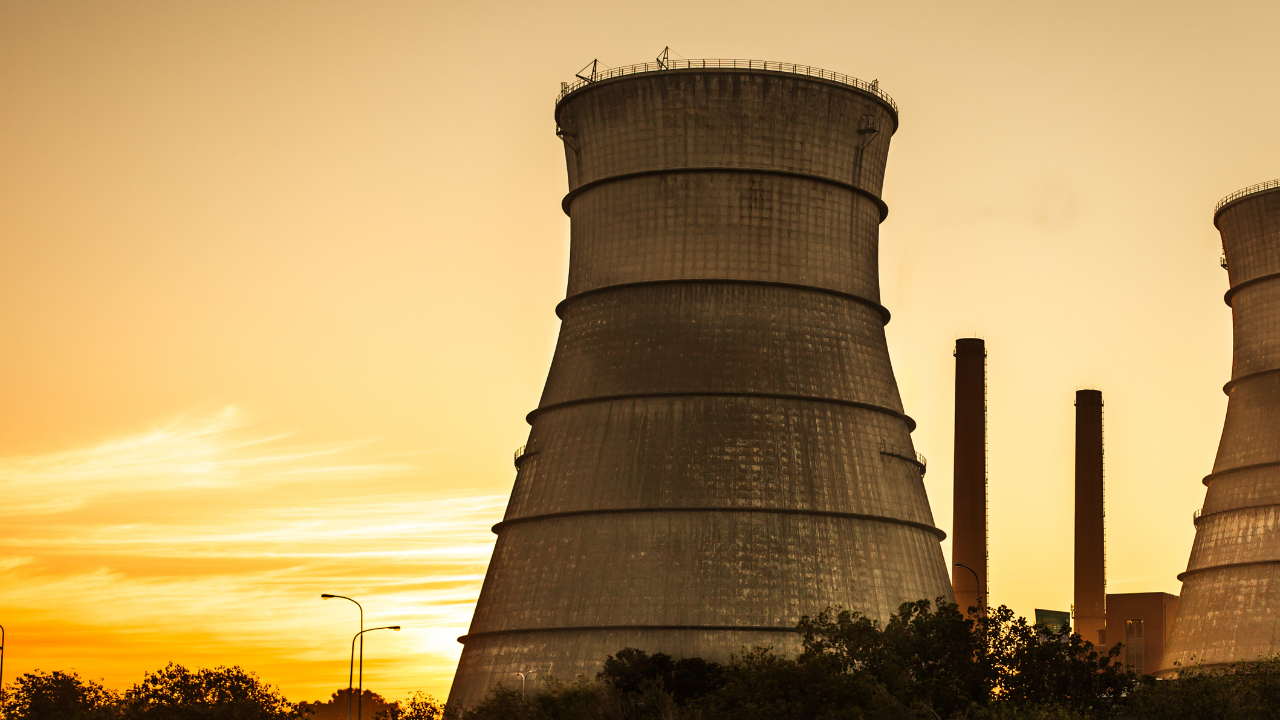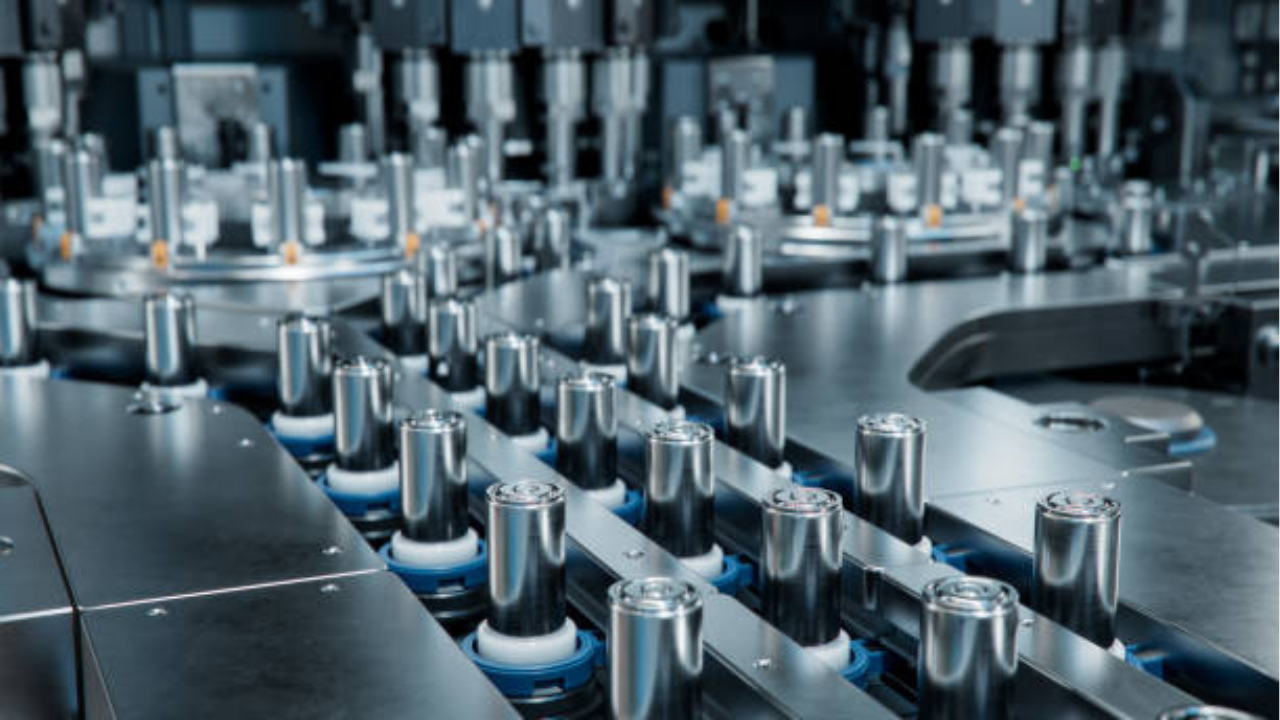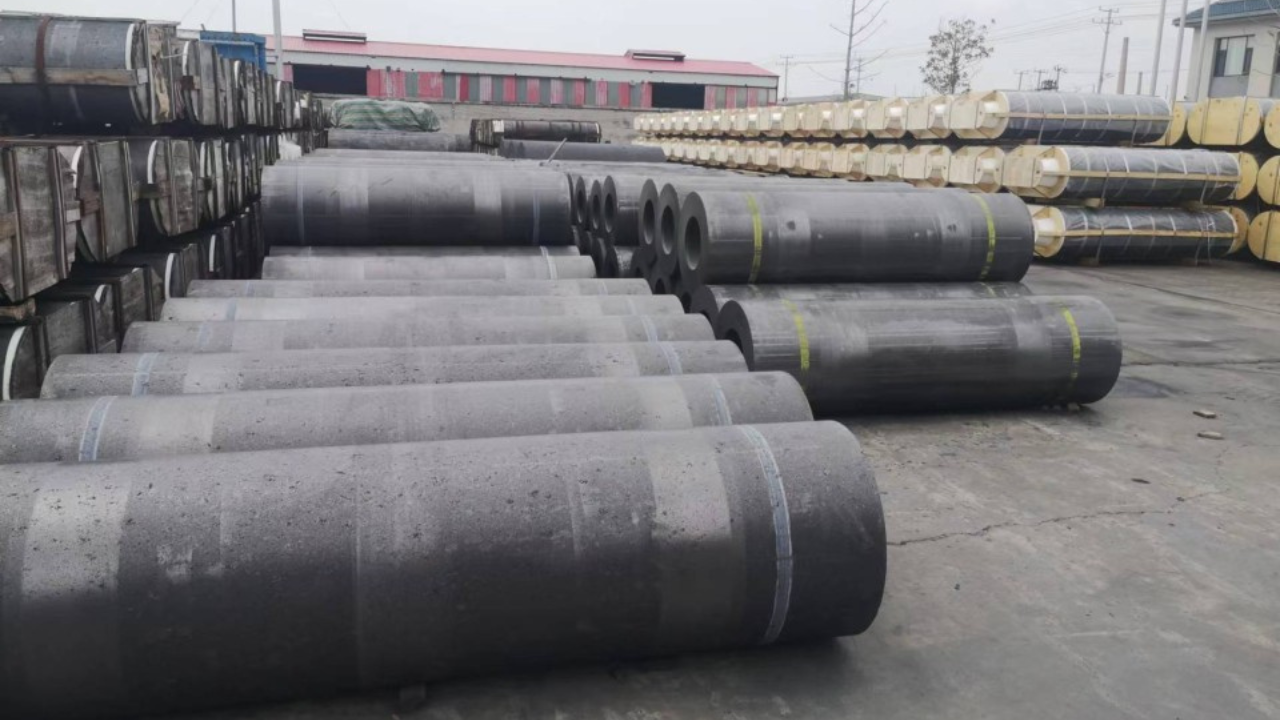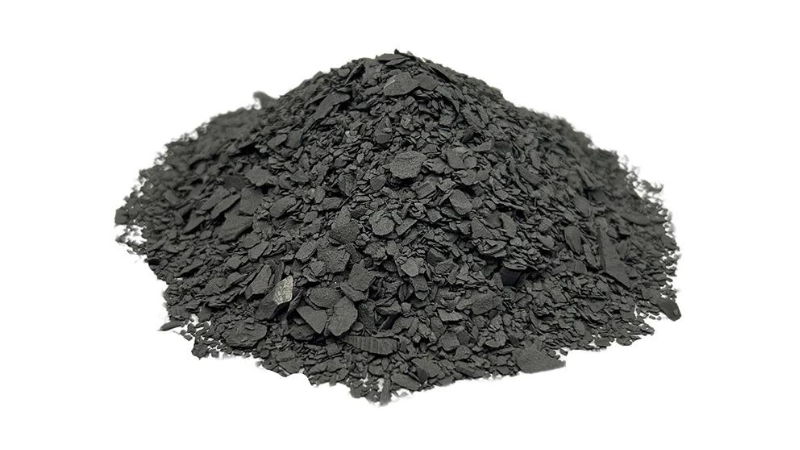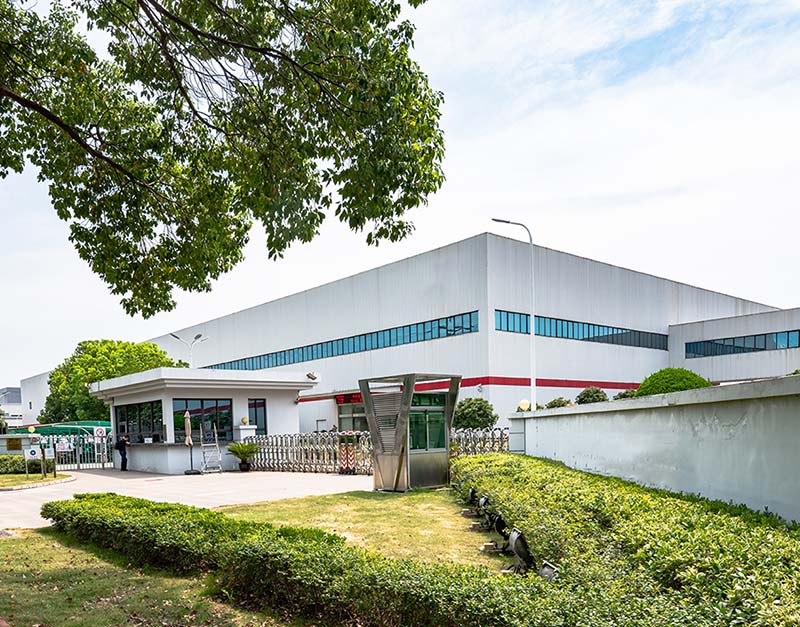Non-ferrous metal smelting
In nonferrous metal smelting, metallurgical coke is used extensively as a reducing agent and fuel.
In the blast furnace smelting process of copper, lead, zinc, and other metals, coke not only provides the carbon required for the reduction reaction, but also (Cuz0+C→2Cu+CO) It also maintains the necessary high temperature environment in the furnace.
Compared to blast furnace ironmaking, non-ferrous metallurgy has a higher tolerance for sulfur in coke (acceptable <1.2%), but requires higher reactivity to promote the reduction of metal oxides. Coke used in nickel smelting also needs to possess exceptional resistance to alkali metal corrosion. Non-ferrous metallurgical companies in Yunnan, Gansu, and other regions of China have developed specialized coke utilization technologies. By optimizing coke particle size and proportions, they have significantly improved metal recovery and energy efficiency.
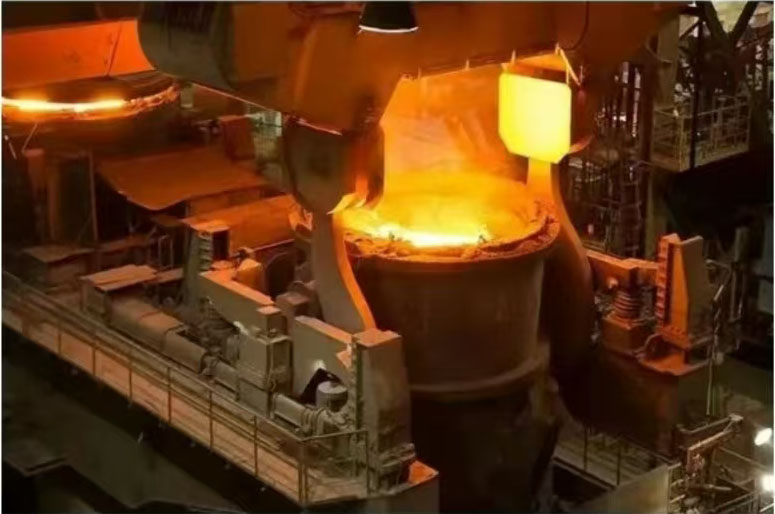
Non-ferrous metal smelting
Calcium carbide production
In a calcium carbide furnace, coke and quicklime (CaO) react at temperatures exceeding 2000°C to produce calcium carbide (CaCz). This process requires the coke to have an extremely low ash content (<8%) and high resistivity to ensure uniform current distribution within the furnace and sufficient reaction.
Calcium carbide coke is typically low-ash gas-fired coke or specially formulated coke, with a particle size range of 3-20mm. With the optimization of the calcium carbide-based PVC production process, demand for specialized calcium carbide coke continues to grow, with annual consumption exceeding 10 million tons.
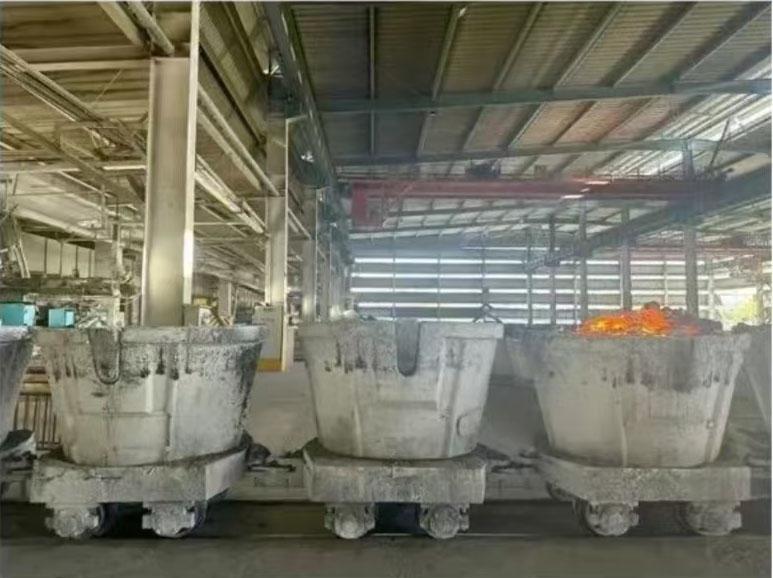
Calcium carbide production
Chemical Industry
In synthetic ammonia production, coke reacts with steam to produce syngas (CO + Hz).
In activated carbon manufacturing, coke undergoes an activation process to form a porous adsorption material.
Chemical coke also uses coke as a catalyst carrier.
Chemical coke has stringent requirements for impurity levels, particularly for harmful elements like arsenic and lead, which must be controlled to the ppm level. In recent years, coke has also emerged as a promising carbon material in the hydrogen energy industry chain, showing promising prospects as a carbon material for methane cracking to produce hydrogen.
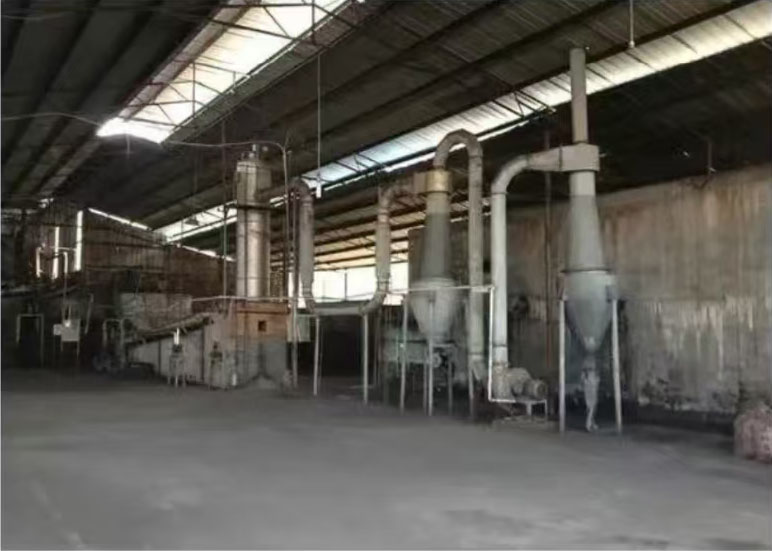
Activated carbon production workshop

